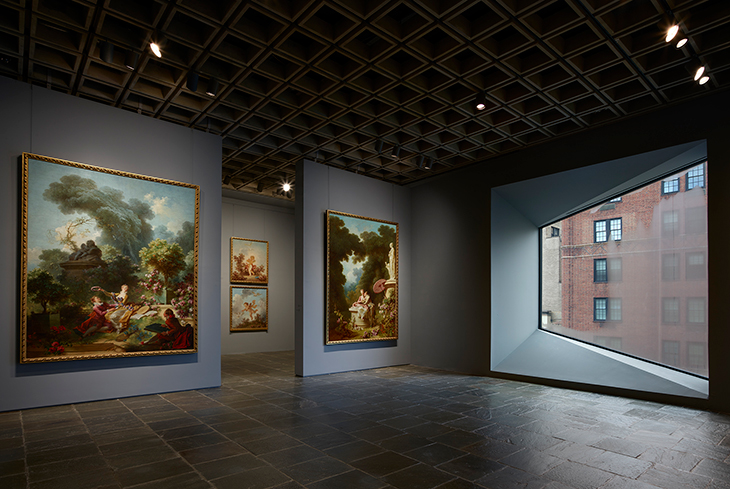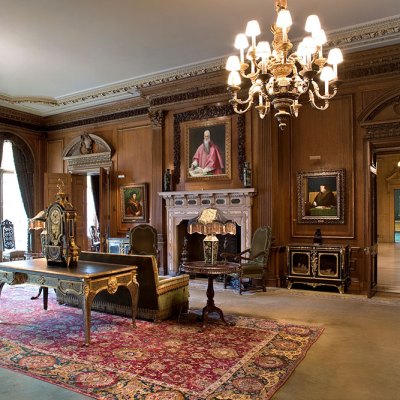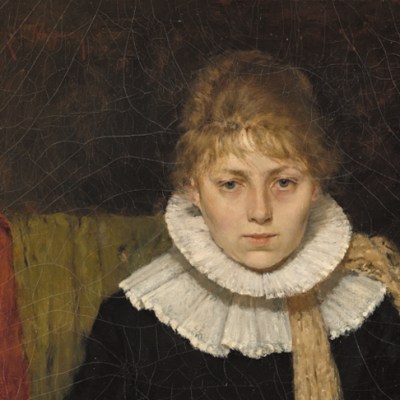From the April 2021 issue of Apollo. Preview and subscribe here.
It was the intention of the coal and steel tycoon Henry Clay Frick (1849–1919) that ‘the entire public shall forever have access’ to the art-filled mansion in Manhattan where he spent his final years. Its neoclassical limestone exterior is so austere that Mary Berenson called it ‘the Frick mausoleum’. The block-long building that houses the Frick Collection opened to the public in 1935 and has undergone few changes over the years. Minimal labels have done little to disturb the illusion that the robber baron and his dutiful daughter Helen, who administered the museum for decades, have just stepped out to buy a Vermeer or another of Marie Antoinette’s sideboards. It is currently closed for renovation and expansion, the latter partly underground.
Highlights of the museum collection have been temporarily moved to Marcel Breuer’s nearby tiers of cantilevered stone and concrete, built in the 1960s for the Whitney Museum of American Art. (That institution had moved uptown from Gertrude Vanderbilt Whitney’s charming warren of 19th-century townhouses in Greenwich Village.) Breuer’s gloomy building at 75th and Madison, with its pimply windows, a hard-to-find recessed entrance, rough concrete stairwells and concrete-waffle ceilings, has failed to grow on me since I first visited as a suburban teenager in the 1970s. Six years ago, the Whitney decamped back downtown, to Renzo Piano’s behemoth of glassy, cantilevered tiers, and the Metropolitan Museum of Art then made a short-lived attempt to run a satellite in the Breuer building.
Five paintings by Thomas Gainsborough on the fourth floor of the Frick Madison. Photo: Joe Coscia/Frick Collection

Now dubbed the Frick Madison, the building looms over a posh neighbourhood desolated by Covid. Luxury stores are dead or hibernating. The rich have fled. Among the few places that people congregate are, horrifyingly, the entrances to hospitals. At a press preview for Frick Madison, one attendee announces to no one in particular that she has barely seen humans for a year, let alone Old Masters.
Portrait of a Woman (1635), Frans Hals. Frick Collection, New York
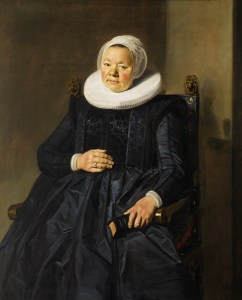
Portrait of an Elderly Man (c. 1627–30), Frans Hals. Frick Collection, New York
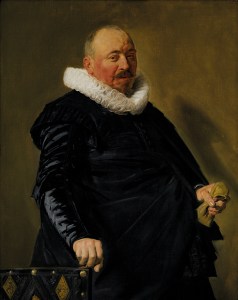
The Frick’s curatorial team, led by Xavier F. Salomon and Aimee Ng, have grouped artworks and objects by nationality, era and medium on three floors of grey-walled galleries. Frans Hals’ plump, ruffled burghers preen for each other, and Turner’s crowded harbour scenes flank Constable’s sleepy towpaths. European and Asian ceramics are stacked to the ceiling, clustered in shades of peach, blue and mint on black. Renaissance bronze deities alternate with monsters, and busts of important men are positioned to reveal the hollowness of the metal castings. Bellini’s Saint Francis gazes westward in the desert, amid odd-shaped sunbeams pouring through Breuer’s trapezoidal window.
I am so accustomed to the mansion’s splendour, and my emotional immune system has been so weakened by the isolation and tragedies of Covid, that my first reaction to the galleries is a visceral ‘No!’ It is as if a beloved neighbour’s possessions had been downsized and shipped off to an arid art-fair booth or an assisted living facility. I wonder if Saint Francis is pleading to get away from the concrete. But I know that displaced portraits do not weep at night, and that no one would benefit from them spending years in storage. So I try to evaluate the Frick’s experiment rationally.
The press releases emphasise how the reorganisation will generate fresh insights. I do see new patterns: how many sitters are clutching well-thumbed books, how many are posed alongside chairs with lions’ head finials and gold-flecked black upholstery. Antique frames and leafy Indian carpets in crimson pashmina, a little lost in the mansion, demand attention against monochrome walls. The placing of three Vermeers side by side allows for comparisons of glass and metal tableware and leaded-glass casement windows. On a massive dressoir carved in 16th-century France, figures of muscular women are wearing armour but armless. In our #MeToo moment, what they imply about the history of power, oppression and misogyny seems to have changed.
Comtesse d’Haussonville (1845), Jean-Auguste-Dominique Ingres. Frick Collection, New York. Photo: Michael Bodycomb
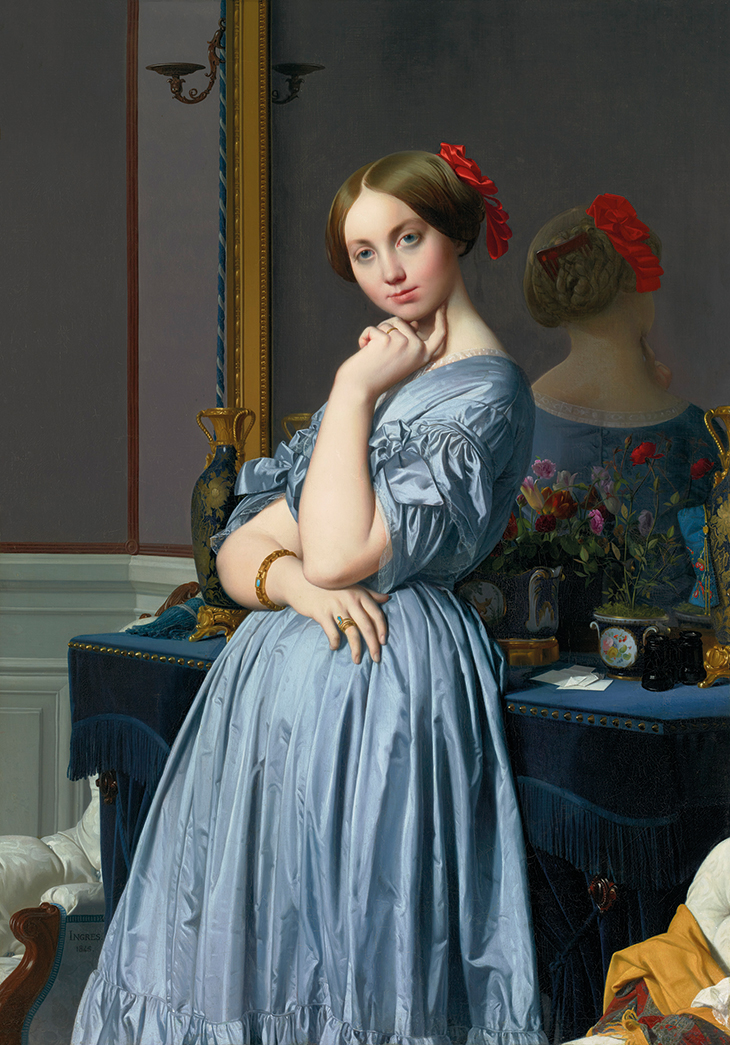
A 15th-century French angel in bronze, usually nestled among foliage in the Frick’s skylit garden court, now greets people emerging from the elevator on the second floor. The industrial-looking hinges on its wings give it a proto-steampunk air. Salomon tells me that even staff members had barely noticed the angel before the Breuer remix. New acquisitions have been brought out as well. Rosalba Carriera’s pastel portraits of a bejewelled and beflowered couple, completed c. 1730–50 and donated last year, send me looking for other sitters’ variants on bouquets and gemstones. And I become practically weak-kneed at the sight of bland white tables in a room just off the gallery trail. For it is a by-appointment free library, substituting for the Frick’s beam-ceilinged eyrie. Covid has shuttered so many other museum reference collections, with staff furloughed and no reopening in sight.
Saint Francis in the Desert (c. 1476–78) by Giovanni Bellini on the third floor of the Frick Madison. Photo: Joe Coscia; © Frick Collection
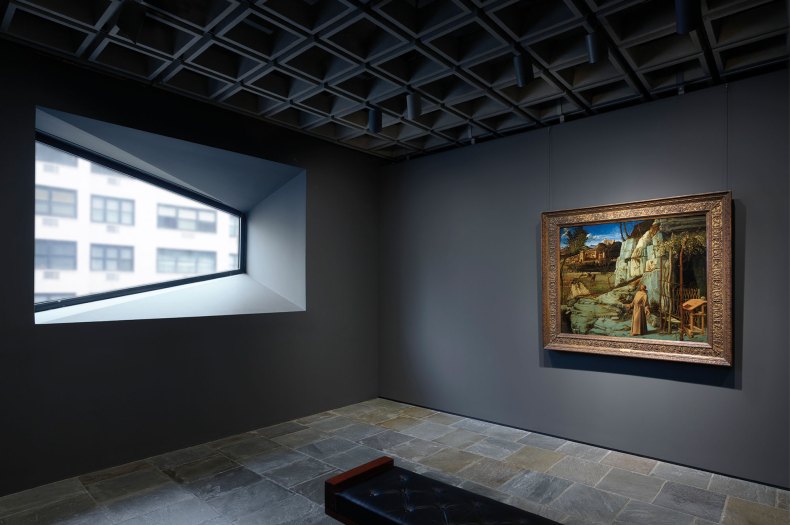
On the waffle ceilings, the recessed lights flatter cobalt enamel plaques made in 16th-century Limoges, which are normally displayed in a Frick side gallery panelled in dark wood. But the overhead glare somehow deadens the gold-ground religious paintings, and it nearly obscures Whistler’s willowy sitters garbed in subtle browns and blacks. There are virtually no wall texts to supplement the vintage metal tags on the picture frames, and hardly any mention of the Frick family. I appreciated that kind of label restraint in the Gesamtkunstwerk on Fifth Avenue, but want more in these grey surroundings. The sparsely illustrated gallery guide is frustrating to cross-reference with numbers posted alongside the artworks and on gallery doorways. I overhear people asking the staff, ‘What room number is this?’ Visitors can of course check their phones for more information. But a screen is the last thing I want to look at now on an excursion.
Some 18th-century French timepieces have been kept in working order at Frick Madison. One set of clockworks, exposed in a glass sphere, rests on a trio of twirling terracotta nymphs by Clodion. Gilt bronze ribbons drip from a wooden longcase clock, rimmed in zodiac signs and crowned by Apollo steering his chariot’s rearing horses. I keep circling back to watch the mechanisms in motion, amazed that anything works as it should in these Covidian times. Clock chimes echo while I roam the galleries seeking out more recurring aesthetic themes. The stripped mansion five blocks away meanwhile tugs at my heartstrings; we will someday again ‘forever have access’. I am so relieved, in the temporary Breuer installation, to hear the steady marking of the passage of time.
The Frick Madison, New York, opened 18 March.
From the April 2021 issue of Apollo. Preview and subscribe here.
